 My endorphins were kicking. I sat back down at my desk and couldn’t believe how good I felt. It had only been a two-mile walk, but my whole body was awake. My nose was running, I had a little sweat going, and my heart was thumping at a steady pace.
My endorphins were kicking. I sat back down at my desk and couldn’t believe how good I felt. It had only been a two-mile walk, but my whole body was awake. My nose was running, I had a little sweat going, and my heart was thumping at a steady pace.
I had just finished my first walk with the Wald Walkers (you can learn more about how they got started in the Johns Hopkins Nursing magazine article “Walking the Walk”), and I was quickly reminded that exercise, even as simple as walking, can be transformative in more ways than one.
See, I’m a runner, and I’ve considered myself one since my debut in high school as a “track girl.” But with a lengthy commute, a house to clean, dinners to cook, and nieces to babysit, I don’t have as many opportunities as I’d like to just get out and enjoy the sound of my feet hitting the open road. But on my recent walk with the Wald Walkers, I got to experience that joy again.
It was a Wednesday afternoon in April. The sun was shining, and there was a slight chill to the air. I was making my first appearance with the walkers. Anxious to get started, I decided to join the “fast” group. See, the walkers divided themselves between two groups—the fast and the slow—based on their exercise experience and comfort level. As soon as everyone was assembled, we started on the two-mile loop that leaves from the Wald Center at 901 North Broadway, goes up and around the School of Nursing, and circles back. The fast group forged ahead.
Now, even for someone who considers herself “fit,” the pace was much to my surprise. The fast group was fast, and it wasn’t long before I was so hot that I had my jacket off and wrapped around my waist. Mary Donnelly, an assistant professor at the school, was leading the group and she meant business. She commented that good exercise means “20-30 minutes of activity a day. Your heart rate should be up, but you should still be able to whistle, sing, or talk.” I could tell Mary was clearly used to exercise—she had no trouble talking.
I was wearing boots up to my mid-shin, and I wondered if I should have worn my running shoes. But looking around, no one else in my group seemed to be wearing anything special either. As most were Hopkins staff or students, they were wearing scrubs or whatever they decided to grab out of their closet that morning, and it made me feel comfortable, like no matter what I happened to be wearing—whether suited for exercise or not—that I was welcome to join. I would fit right in.
There were about five other walkers in my group and multiple conversations began forming. Some of the ladies talked about other times they could meet to go walking, and Mary and I chatted about some of the work she’s doing in the neighborhood. We were on a roll, and we had to make a conscious effort to stop at each intersection to make sure no cars were coming. We started past the School of Nursing, and she told me that some staff and faculty members have joined the walk as the group has passed by. I filed it in my head to think about walking with them more often. It really was good exercise.
We continued on our way, and I noticed that the city was buzzing like normal. People were out getting lunch, buses were dropping off and picking up, and cars were bumper to bumper going who knows where. But in the midst of it all, there we were—a group of walkers charging down the street in a deliberate and purposeful fashion. I guess Mary could have led the group to walk anywhere, but instead she chose for us to walk in the heart of East Baltimore—a neighborhood that’s not usually recognized for its safety and luxurious living. Now, as someone who resonates more with cows and corn fields, it’s always been striking to me that within the same city, there can be two adjacent neighborhoods that have such drastically different economic statuses, almost as if they’re in different worlds. But even with my little exposure to the city, that’s often seemed to be the case.
Talking with Mary for the few short minutes we were together, it became evident to me how much she cares about the city, and not only its health, but for the life and soul of its inhabitants. I began to see that the point of the Wald Walkers wasn’t just about cardiovascular health, and that one of the purposes was to literally be in the community, on the street, having a presence. I was humbled by her energy, and even more excited to get back to my desk and write the Wald Walkers story that would be featured in the Johns Hopkins Nursing magazine.
Let my article tell you a little more…
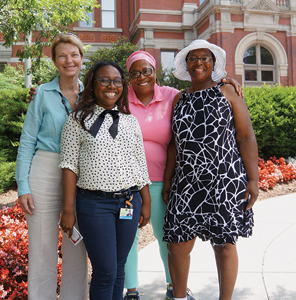
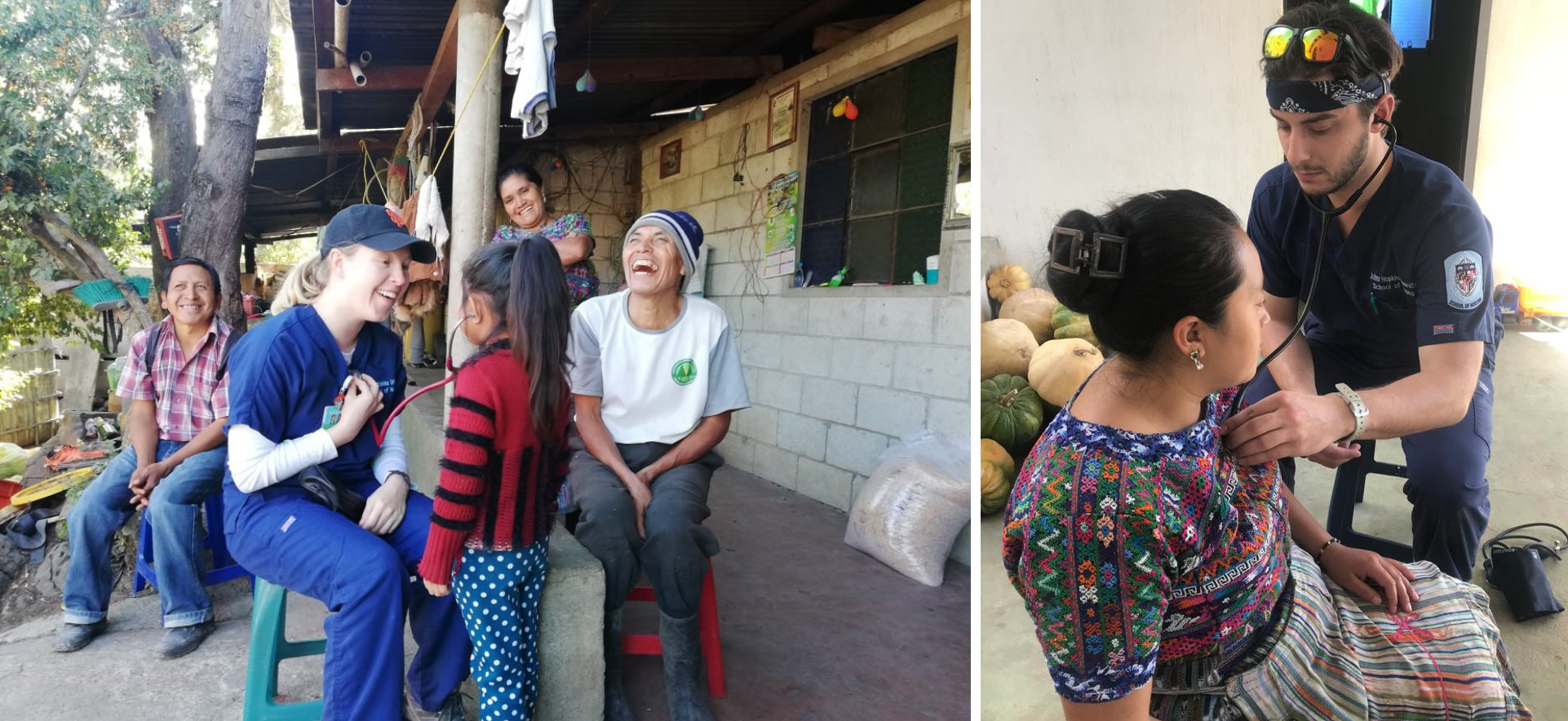 Guatemala Re-visited: Rainwater Project Shows Value of Service-learning Trips
Guatemala Re-visited: Rainwater Project Shows Value of Service-learning Trips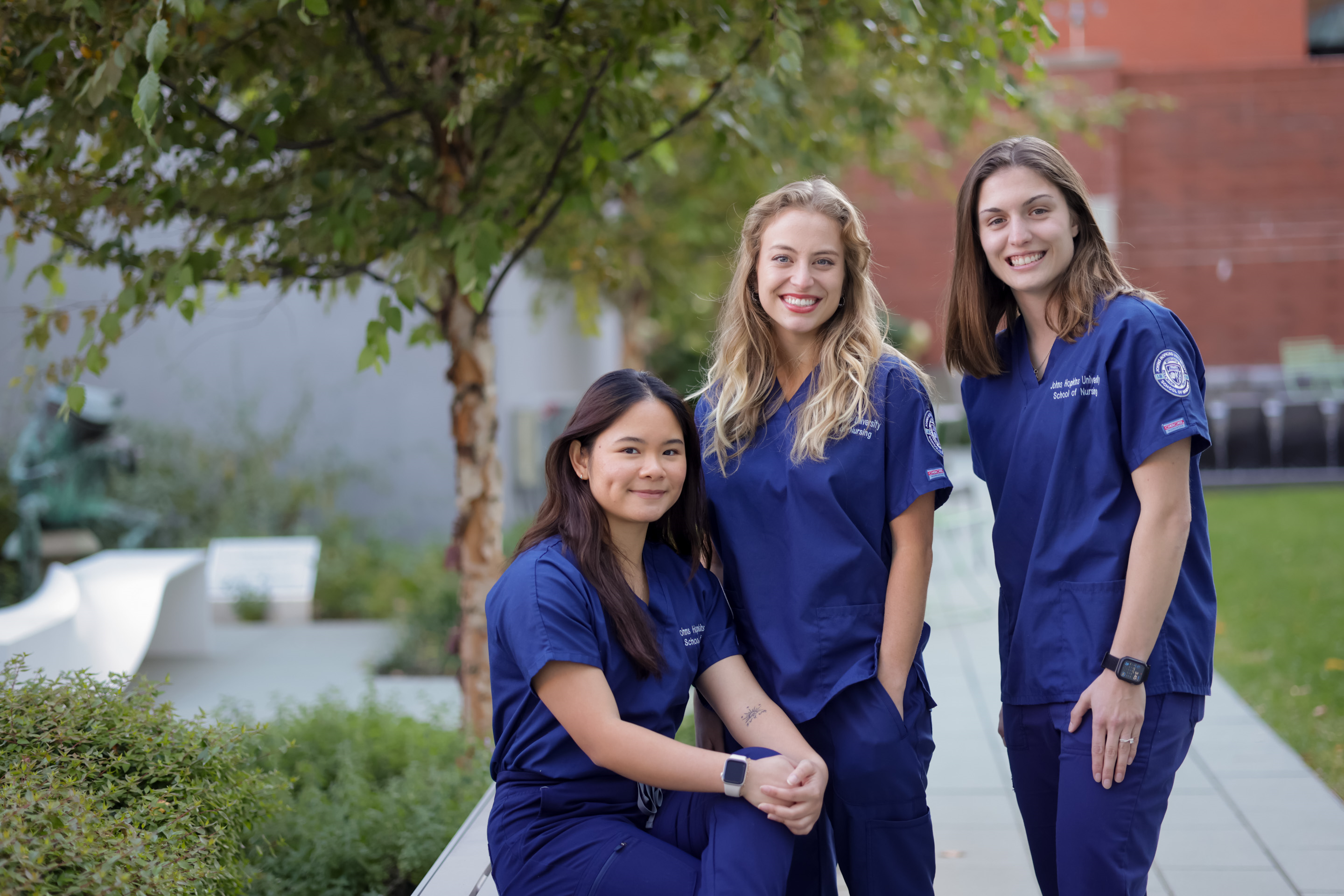 Military to MSN and Back: A Select Few
Military to MSN and Back: A Select Few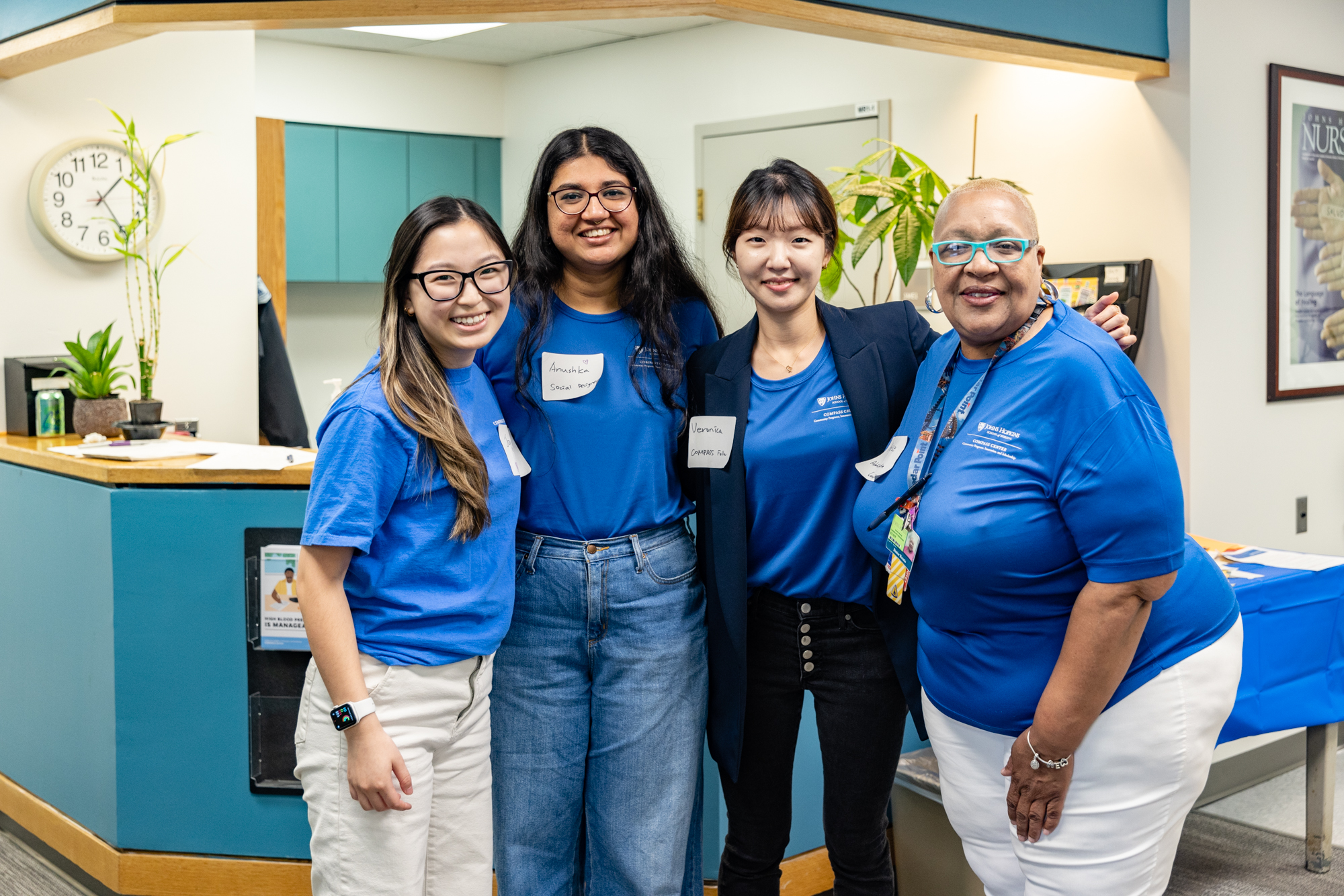 Wald Center Returns to Lead Community Care
Wald Center Returns to Lead Community Care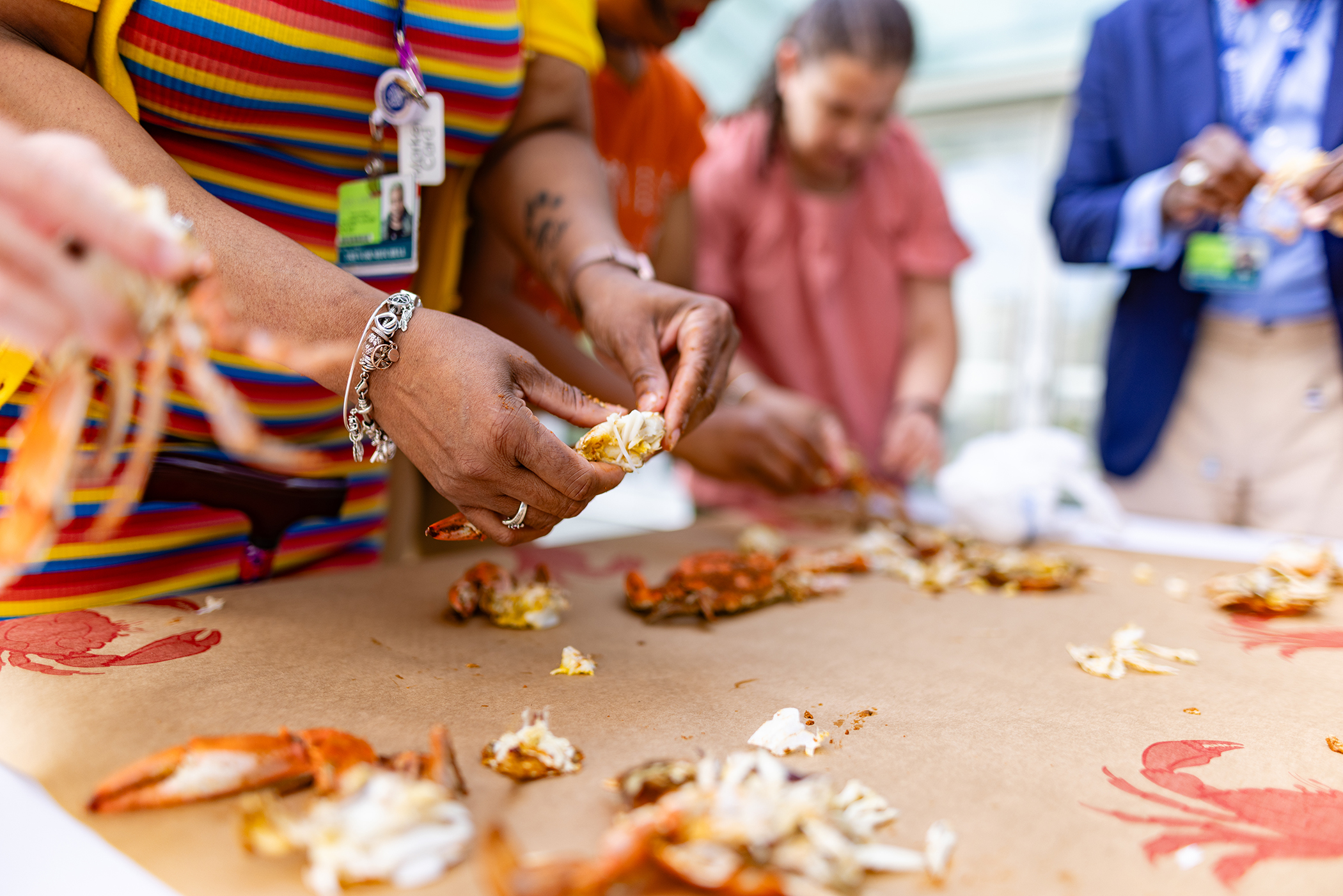 JHSON Highlights
JHSON Highlights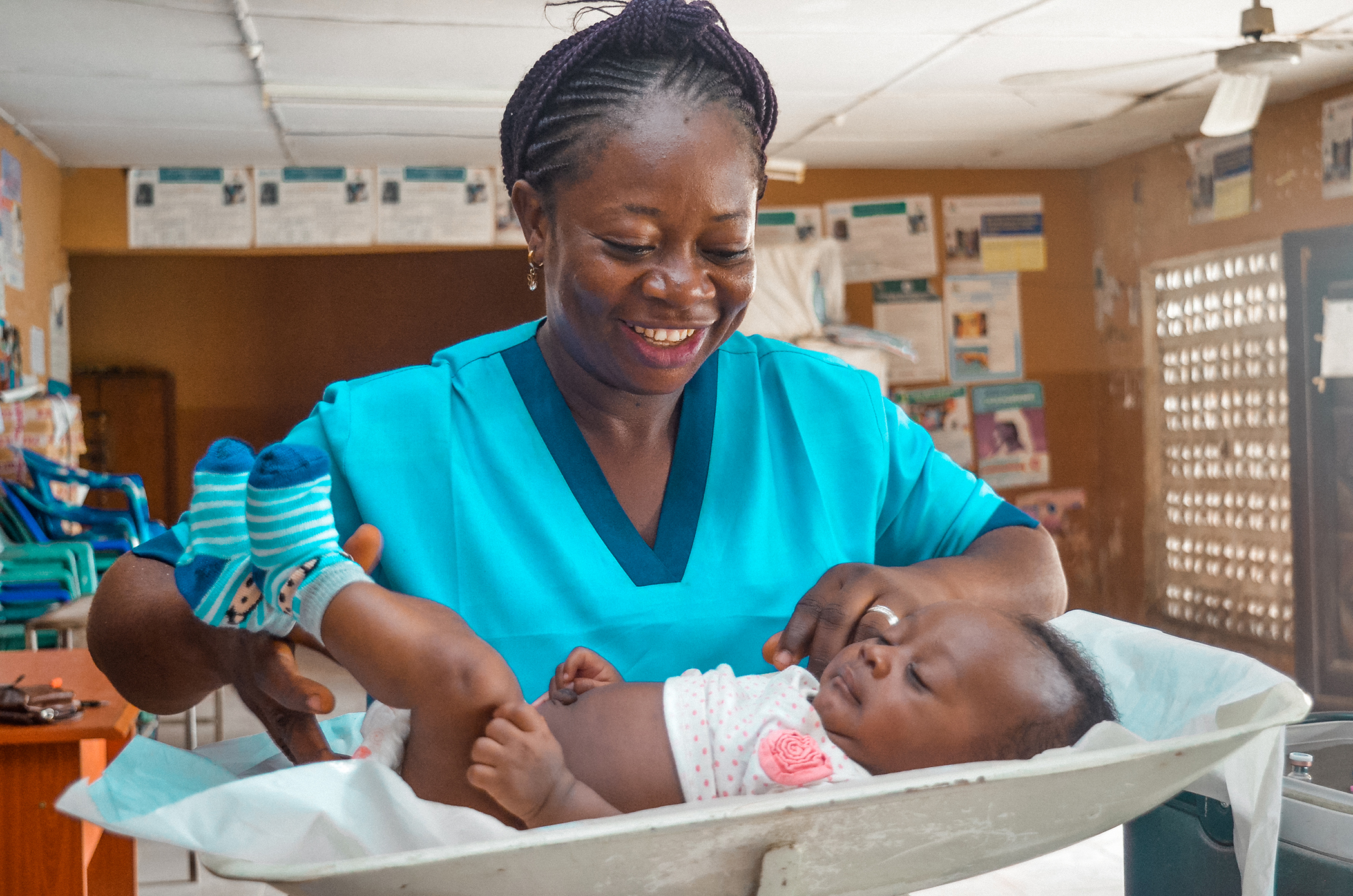 Nurse Edith Brings Primary Health Care to Everyone in Rural Nigeria
Nurse Edith Brings Primary Health Care to Everyone in Rural Nigeria







